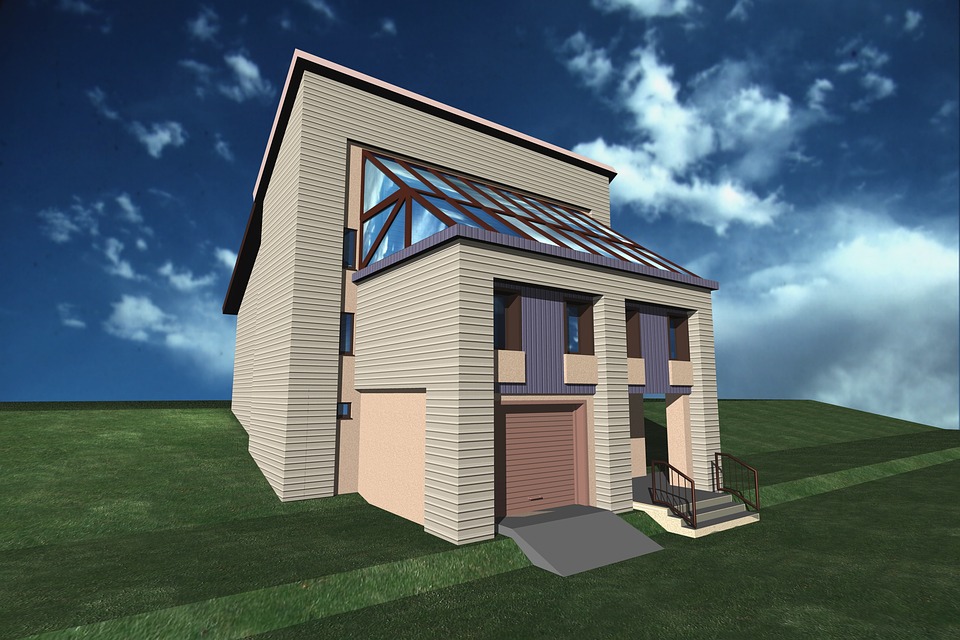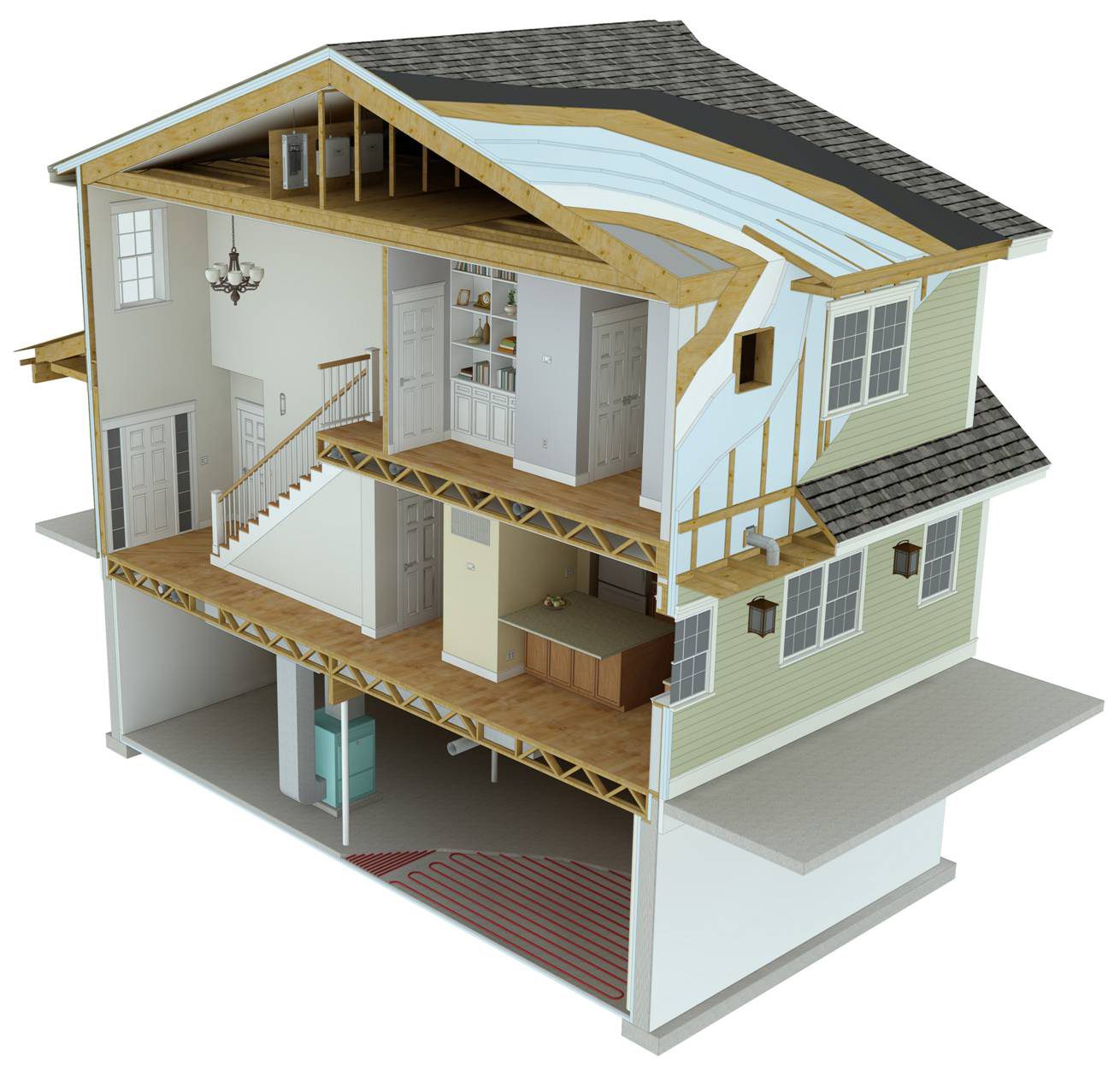Extergy
Building Energy Models


Energy modelling is a virtual, computerized simulation of a building or complex that focuses on energy consumption and life cycle costs of various energy related items such as HVAC, lights, and hot water. Energy models simulate the consumption process of energy by all users in a building. It is used for residential houses, commercial building and industrial complex. It can be scaled up to urban area.

What is an Energy Model?
Energy models characterize the energy system, its evolution, and its interactions with the broader economy. The energy system consists of primary resources, including both fossil fuels and renewable sources; electric power plants, refineries, and other technologies to process and convert these resources into secondary energy carriers such as electricity and gasoline; technologies such as furnaces and light-duty vehicles that use these energy carriers to meet demands for energy services; and end-use demands for services such as indoor space heating and personal transportation.
Attention to energy has increased with growing concern over global imbalances between the demand and supply of petroleum resources, as well as the need to mitigate global climate change and other environmental impacts related to energy use. Understanding the role energy plays in these concerns requires an awareness of how energy is produced and consumed, the price dynamics that mediate this relationship, and the physical systems that transform primary energy into secondary energy carriers and ultimately the services energy provides.
Building energy modelling is a powerful tool that predicts building energy use. Different types of energy models are developed at various stages of the design and construction period to provide data that can verify or disprove suggested energy efficiency measures. To understand how to assist modelers, energy system operators should understand what the model is intended to do during each stage of the design and construction.
Building energy modeling is a common tool that allows engineers to mathematically model the building’s performance over a period of time to gain an understanding of the potential building energy usage. There are three popular energy modeling periods: during design, pre-construction and post-construction. Since each energy model is done when information is either not available, becoming available or completed, there are specific requirements and concerns with each energy model created.
we can prepare your building energy model with these great tools:
Energy plus
EnergyPlus™ is a whole building energy simulation program that engineers, architects, and researchers use to model both energy consumption—for heating, cooling, ventilation, lighting and plug and process loads—and water use in buildings.
wufi
WUFI® is a family of software products that allows realistic calculation of the transient coupled one- and two-dimensional heat and moisture transport in walls and other multi-layer building components exposed to natural weather. WUFI uses vapor diffusion and moisture transport laws in building materials.
therm
THERM is a state-of-the-art computer program for use by building industry interested in heat transfer. Using THERM, one can model two-dimensional heat transfer effects in building components such as windows, walls, foundations, roofs, and doors; appliances; and other products where thermal bridges are of concern.
revit
Autodesk Revit is building information modeling software for architects, landscape architects, structural engineers, MEP engineers, designers and contractors. Revit is 4D BIM capable with tools to plan and track various stages in the building’s lifecycle, from concept to construction and later maintenance and/or demolition.
Design Builder
DesignBuilder provides advanced modelling tools in an easy-to-use interface. This enables the whole engineering and design team to use the same software to develop comfortable and energy-efficient building designs from concept through to completion. It adds a substantial set of new features and improvements including significant productivity improvements for LEED.
eQUEST
eQUEST is designed to allow modelers and engineers to perform detailed analysis of today’s state-of-the-art building design technologies using today’s most sophisticated building energy use simulation techniques but without requiring extensive experience in the “art” of building performance modeling.


